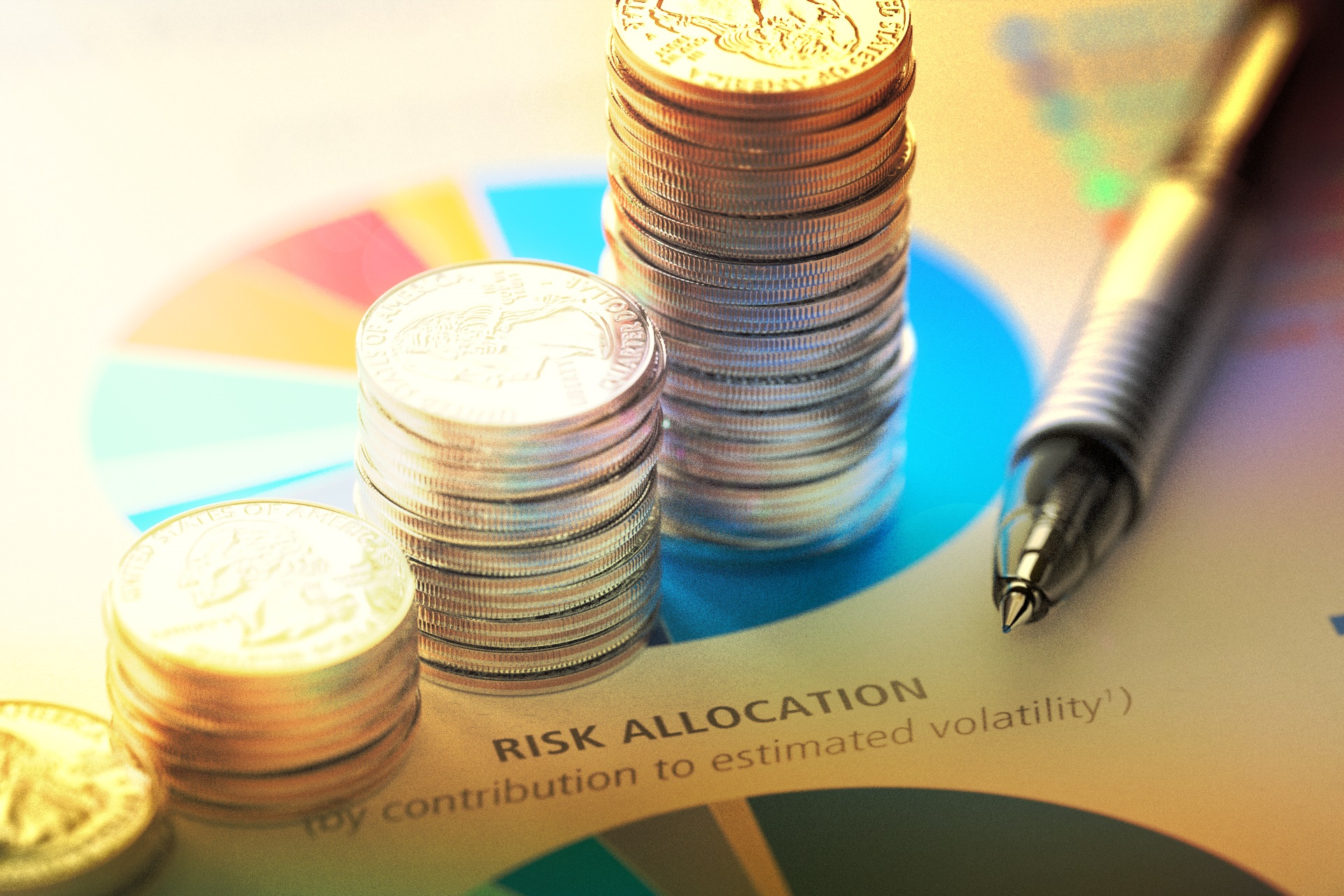The fundamentally new reality of global debt increasing by 13 percentage points to 97% of global GDP in 2020 is not seen by the World Bank (WB) researchers in this context: the pandemic will only slightly weaken the positive aspects of the phenomenon and only raise the question of alternative strategies to finance growth for a few borrowers in 2020-2021.
A group of researchers in "A Mountain of Debt: Navigating the Legacy of the Pandemic" looks at the possible consequences of the phenomenon in the global economy associated with the COVID-19 pandemic: the superfast accumulation of debt, both private and public, in 2020-2021.
According to WB statistics, at the end of 2020, total world public debt has increased by 13 pct to 97% of GDP (in 2021 it is guaranteed to exceed the symbolic mark of 100%), a level which 20 years ago was considered critical for the sustainability of individual borrowing states.
Researchers confidently define the increase of both private and public debt worldwide in 2020-2021 as a "debt boom" triggered by low interest rates. The WB paper puts the events of the last year in the context of some 500 national "debt booms", rapid increases in the debt of economies, in 138 countries since 1970. The authors point out that this "debt boom" is the largest since the "oil crisis" of the 1970s; debt accumulation is now proceeding as fast as possible, especially when compared to the five systemic episodes of such "debt booms" identified over the past half-century. However, the pattern of events is no different from previous episodes.
Not only that, but technically the "COVID debt boom" is not so much a stand-alone phenomenon as it is an unexpected sequel to the last, fifth (since the 1970s) global debt boom after the 2008-2009 crisis, according to the WB authors.
On average, such a "debt boom" lasts about seven years in the national economy; it is more often (in two thirds of cases) triggered by economic crises than by stagnation or quiet development, and besides negative consequences (lower growth rates due to tightened monetary and fiscal policy, higher debt service costs, budget imbalance) it also has positive ones: improved infrastructure, greater economic stability and increased investment attractiveness of the jurisdiction.
source: worldbank.org
A group of researchers in "A Mountain of Debt: Navigating the Legacy of the Pandemic" looks at the possible consequences of the phenomenon in the global economy associated with the COVID-19 pandemic: the superfast accumulation of debt, both private and public, in 2020-2021.
According to WB statistics, at the end of 2020, total world public debt has increased by 13 pct to 97% of GDP (in 2021 it is guaranteed to exceed the symbolic mark of 100%), a level which 20 years ago was considered critical for the sustainability of individual borrowing states.
Researchers confidently define the increase of both private and public debt worldwide in 2020-2021 as a "debt boom" triggered by low interest rates. The WB paper puts the events of the last year in the context of some 500 national "debt booms", rapid increases in the debt of economies, in 138 countries since 1970. The authors point out that this "debt boom" is the largest since the "oil crisis" of the 1970s; debt accumulation is now proceeding as fast as possible, especially when compared to the five systemic episodes of such "debt booms" identified over the past half-century. However, the pattern of events is no different from previous episodes.
Not only that, but technically the "COVID debt boom" is not so much a stand-alone phenomenon as it is an unexpected sequel to the last, fifth (since the 1970s) global debt boom after the 2008-2009 crisis, according to the WB authors.
On average, such a "debt boom" lasts about seven years in the national economy; it is more often (in two thirds of cases) triggered by economic crises than by stagnation or quiet development, and besides negative consequences (lower growth rates due to tightened monetary and fiscal policy, higher debt service costs, budget imbalance) it also has positive ones: improved infrastructure, greater economic stability and increased investment attractiveness of the jurisdiction.
source: worldbank.org





